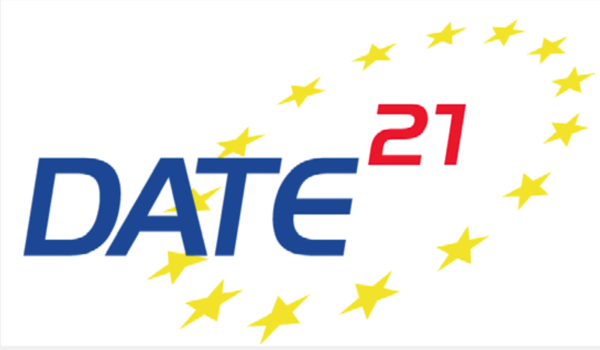
Work by lab members Armam Kazemi, Mehdi Sharifi, Franchesca Laguna, and Ramin Rajaei -- in conjunction with Franuhofer Institute in Dresden -- has been nominated as a best paper award candidate. A paper summary appears below. Arman Kazemi will present this work at DATE (virtually of course!) in early February.
Arman Kazemi1, Mohammad Mehdi Sharifi1, Ann Franchesca Laguna1, Franz Mueller2, Ramin Rajaei3, Ricardo Olivo2, Thomas Kaempfe2, Michael Niemier1 and X. Sharon Hu1 (1University of Notre Dame, US; 2Fraunhofer IPMS-CNT, DE; 3Department of Computer Science and Engineering, University of Notre Dame, US)
Nearest neighbor (NN) search is an essential operation in many applications, such as one/few-shot learning and image classification. As such, fast and low-energy hardware support for accurate NN search is highly desirable. Ternary content-addressable memories (TCAMs) have been proposed to accelerate NN search for few-shot learning tasks by implementing L∞ and Hamming distance metrics, but they cannot achieve software-comparable accuracies. This paper proposes a novel distance function that can be natively evaluated with multi-bit content-addressable memories (MCAMs) based on ferroelectric FETs (FeFETs) to perform a single-step, in-memory NN search. Moreover, this approach achieves accuracies comparable to floating-point precision implementations in software for NN classification and one/few-shot learning tasks. As an example, the proposed method achieves a 98.34% accuracy for a 5-way, 5-shot classification task for the Omniglot dataset (only 0.8% lower than software-based implementations) with a 3-bit MCAM. This represents a 13% accuracy improvement over state-of-the-art TCAM-based implementations at iso-energy and iso-delay. The presented distance function is resilient to the effects of FeFET device-to-device variations. Furthermore, this work experimentally demonstrates a 2-bit implementation of FeFET MCAM using AND arrays from GLOBALFOUNDRIES to further validate proof of concept.